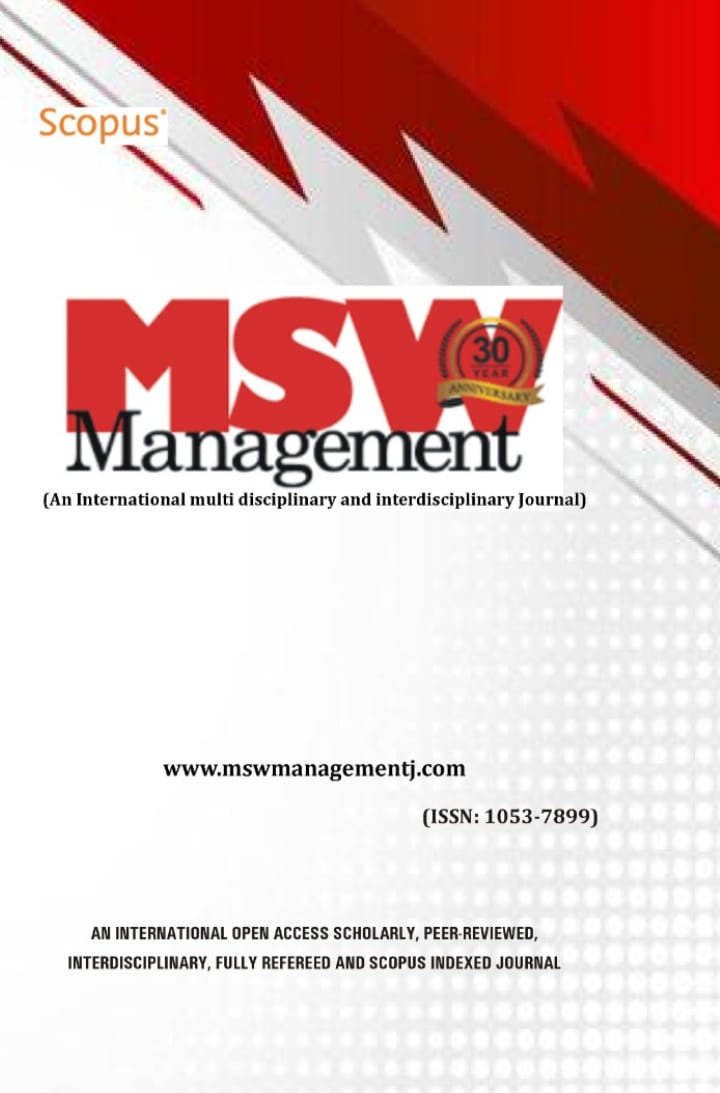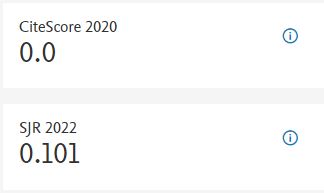An investigation into the factors affecting Emergency Healthcare Transportation Access in Urban and Rural Areas in India: A comparative study
DOI:
https://doi.org/10.7492/btcxjg78Abstract
The objective of this comparative study is to assess the determinants that impact the availability of emergency healthcare transportation in both urban and rural areas of India. The study utilizes a descriptive research design to present an overview of the current state of emergency healthcare transportation. It analyses secondary data sourced from government publications, academic journals, market research studies, and existing databases. The information encompasses various attributes, such as the availability of services, the time it takes to respond, the impact of geographical and infrastructure factors, as well as demographic and socioeconomic features. Based on the descriptive analysis, significant disparities exist between urban and rural areas. As an illustration, the mean duration for responding in metropolitan regions is 15 minutes, whereas in rural regions it is 25 minutes. In metropolitan areas, there is one ambulance available for every 50,000 people, whereas in rural areas, there is one ambulance available for every 85,000 people. This research adheres to ethical standards, ensuring the responsible utilization of publicly available material while respecting the constraints of secondary data. The findings provide fresh insights into the challenges related to healthcare accessibility and contribute to the development of policy decisions aimed at improving the transportation of emergency medical treatment in India.

















